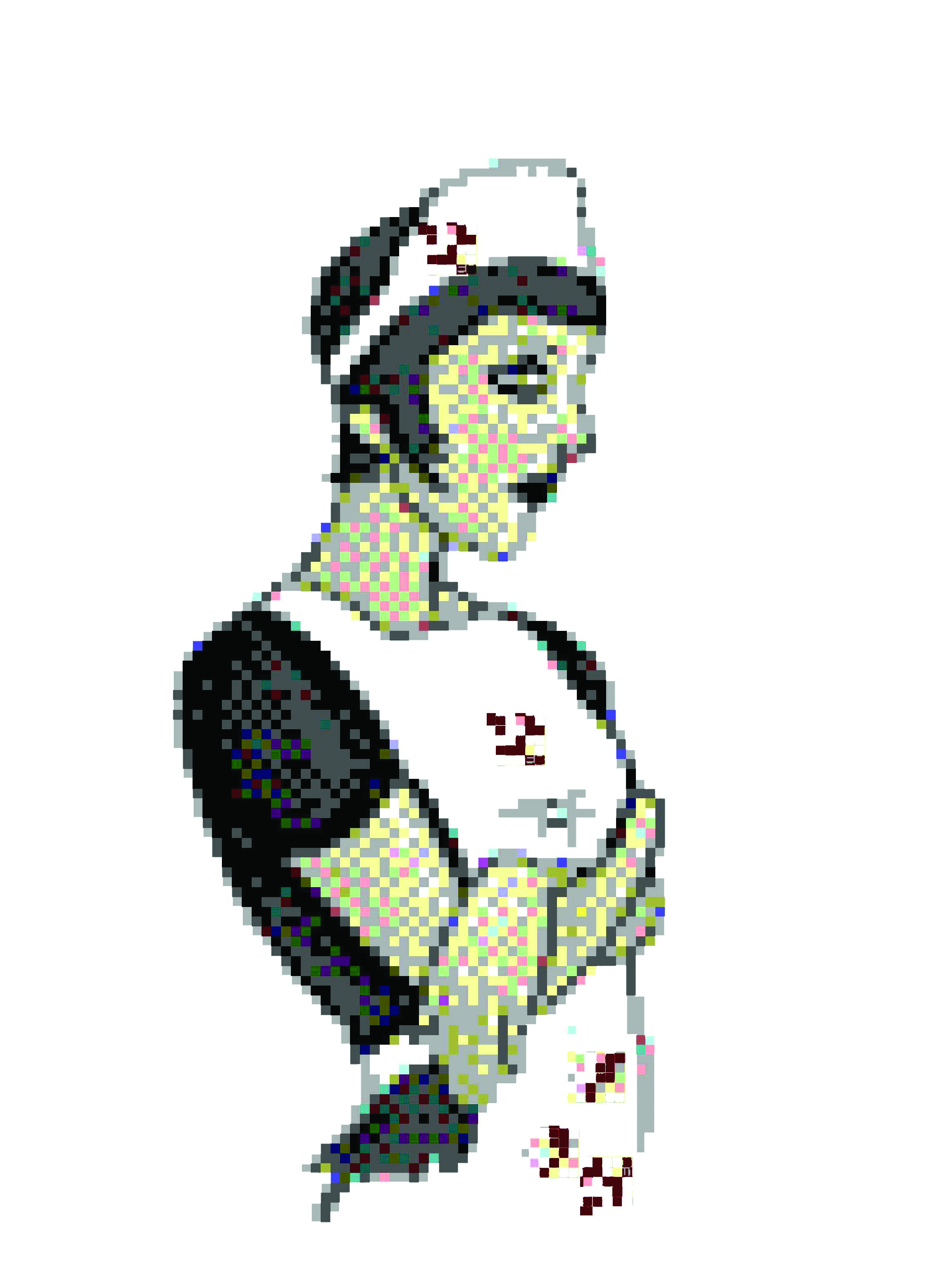DISCLAIMER: The following article discusses violent and offensive content in a game deemed too violent and offensive to be released in 1998.
Consider yourself warned.
I’ve played a lot of video games in my lifetime, but there will always be one game that stands out in my mind. It stands apart from all other games because it was literally a forbidden gaming experience that very few people will have ever experienced – for better or worse.
Back in 1999, a small group of friends and I were privy to a video game that was so vulgar, so graphic, and so controversial that it was never officially released.
In an age where only the most tech-savvy individuals had the know-how to maneuver around the Internet in the same way that we do today, a friend (who, keep in mind, would have only been around 12 or 13 at the time) was able to track down a beta version of a game in development for the PlayStation. Armed with a modded console, I’m not sure any of us were fully prepared to experience the “mature” world of Thrill Kill.
Thrill Kill is a fighting game that allowed up to four players to fight to the gory death in bleak and disturbing 3D environments. What set the game apart—and led to its developmental death—was the sheer obscenity and senseless violent nature of the content. There’s been a proud tradition of violent games that have pushed the boundaries of tastefulness and mature content. Think Mortal Kombat, Duke Nukem 3D, Carmageddon, or the Grand Theft Auto series.
Thrill Kill dove to new depths of depravity, and was one of the first games to garner a restriction rating of “Adults Only” from the Entertainment Software Ratings Board.
What set it so far apart from other games? Well, for starters, there were the characters. Completely uncensored and uninhibited, they were disturbing creations inspired by the darkest corners of humanity’s collective imagination. If you are into great games, learn more by clicking here.
First there was Belladonna, a dominatrix armed with an electrified cattle prod. This character’s depiction was particularly sexual and graphic – she would moan with pleasure while taking damage. Incredibly, that probably wasn’t the most controversial aspect of the character, as she easily qualified as the most offensive—and oddly memorable—character amongst an already bad bunch.
Then there was Cleetus – wielding a severed leg as a weapon, he was apparently some sort of deranged, cannibal redneck stereotype who literally took a bite out of the competition.
Next was Oddball. Apparently his backstory involved him being a former FBI criminal profiler, but he was essentially an insane guy who was, depending on the “outfit” you had chosen, wearing a straightjacket or simply armless due to violent amputation.
There were others and, as you could probably imagine, they were equally as fucked up.
Apparently, there was a plot. I honestly don’t think we bothered to pay attention to any attempt at telling a narrative; the disturbingly violent and gory graphic and sound design was so intense and perverse that, of course, a group of immature pre-teen boys were going to enjoy the grotesque kill sequences, reveling in the supposed forbidden nature of the experience.
The entire purpose for playing the game seemed to stem from the fact that we weren’t supposed to.
Looking back over 10 years later with 20/20 hindsight, the game was a complete disaster, both aesthetically and gameplay-wise. Even if it had been officially released, I can’t imagine it reaching any sustainable levels of popularity once the shock factor had worn off.
And yet, like everything that’s ever been posted on the Internet, Thrill Kill is still floating around out there. It shall live in infamy as perhaps the most controversial game that never was.

